After over a year, Alegria has built a reputation out of keeping a conscientious distance from journalistic noise—instead doing the kind of work that any self-respecting restaurant is predisposed to doing, which is to serve food worth spending on. If, in any case this pronouncement seems too generous or premature a diagnosis to make, then consider the following qualifications: After making headlines as the first ever sangria bar in Bonifacio Global City (BGC), Alegria never deliberately sought out to reap the potential benefits of such a clear-cut editorial angle nor did it explicitly rely on sappy marketing via its inspiring claim to fame as that one restaurant in BGC that took six years to open.
As Charles Montañez—whose fraught, non-linear culinary track and “simple, conservative menu” became the seeds of Alegria—says, “This concept was made for serving Latin food. The sangria bar is just for support.” Perhaps it helps to think of Alegria, then—or any restaurant, for that matter—in terms of food. The more granular we can be in our thinking, the better. So now consider the black-specked, matte yellow discs of corn tortillas resting at the bottom of many of Alegria’s plates. Arguably the only component on the restaurant’s menu that lacks a strong, distinctive flavor, they’re incidentally one of the first few signs representing a slight departure from Montañez’s initial approach to cooking Latin food, and more importantly a sort of progress report of a young restaurant’s decision-making inclinations and overall trajectory.
As we’ve advised in the past, it’s wise to update your menu at least twice a year. To do that, you need a flexible menu to begin with—one that has a clear enough identity that could survive a couple ingredient swaps or procedural tweaks. Alegria’s recent experiments on tortilla flavors (“we now have pandan, black bean, and chocolate tortillas”) are only some of the few alterations marking Montañez and his team’s efforts to update their menu. Here are the rest, along with some lessons on menu re-engineering:
Start with small changes
“Lately we’ve been leaning towards a culinary direction that’s more sophisticated. Because that really was the initial plan. When we were starting out, we were only doing Peruvian, Brazilian, and Mexican. But in the new menu, we’ve introduced Venezuelan, Colombian, and even Thai flavors,” says Montañez.
This might sound like the exact opposite of minimal alteration, but a quick scan of Alegria’s new menu speaks to Montañez’s mostly conservative approach in introducing change. An addition of four new tacos and four other dishes, and a revamping of the recipes and structures of a few dishes are virtually the only changes in the restaurant’s menu. To be more specific, it’s in the swapping out of formerly favored ingredients and procedures (the little details, essentially) where small changes have been applied. For instance, one of the four new taco flavors is simply a change in tortilla flavor—the El Mexicano taco is now served on a purple yam tortilla instead of a corn tortilla. “I’ve always used a lot of paprika in my cooking, so, before, about 75 percent of the dishes on the menu had paprika in it. But now, there’s less paprika as I’ve resorted to using Mexican achiote and smoking different chilis. Also instead of using the same spices like cumin and herbs like cilantro, I’ve opted for rosemary and coriander powder.”
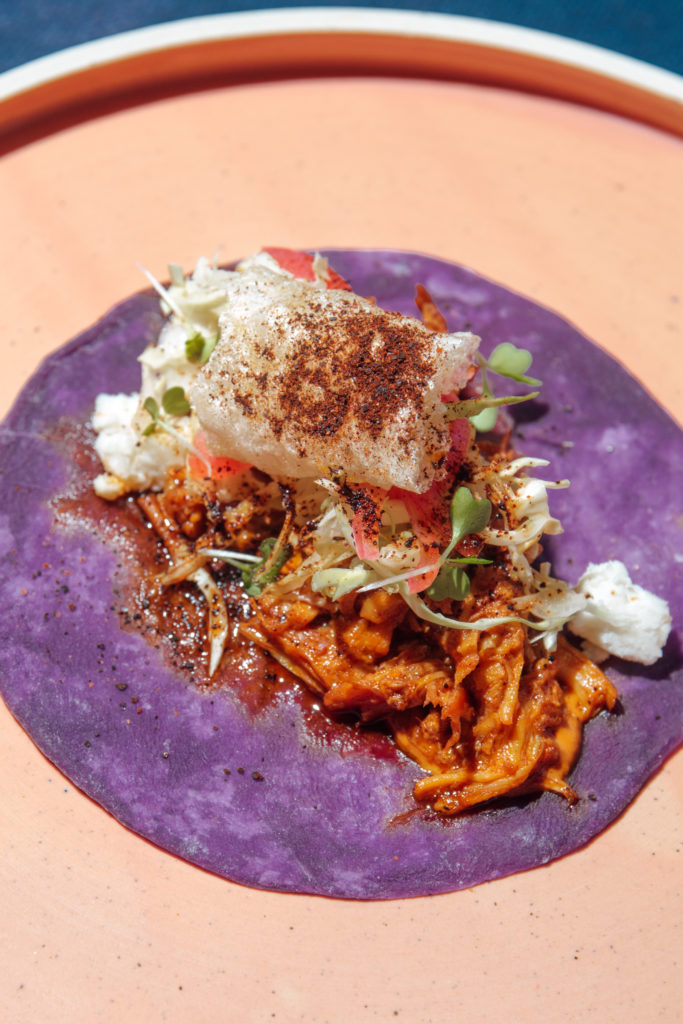

These small adjustments don’t call attention to themselves, and may even go unnoticed. But they’re hardly gratuitous. To make a deliberate attempt at sophistication—involving a cuisine with rich historical roots and by extension, a good amount of respect for tradition—subtle, not ostentatious changes, should be employed. Montañez, who once said that he’s “not even going to try doing traditional Latin food,” is aware of these rules and limitations.
“Though the goal is to be more serious about serving Latin cuisine, the new menu is definitely not experimental. We’re still trying to keep the cooking as simple as possible because we also don’t want to overwhelm the customers.”
Maybe it’s a move that could only work for a concept that doesn’t possess the same approachable familiarity of, say, American or Italian food, but as a general rule, a menu that’s burdened by the addition of too many new flavors and dishes can lead to a lack of focus.
There’s such a thing as too much flavor
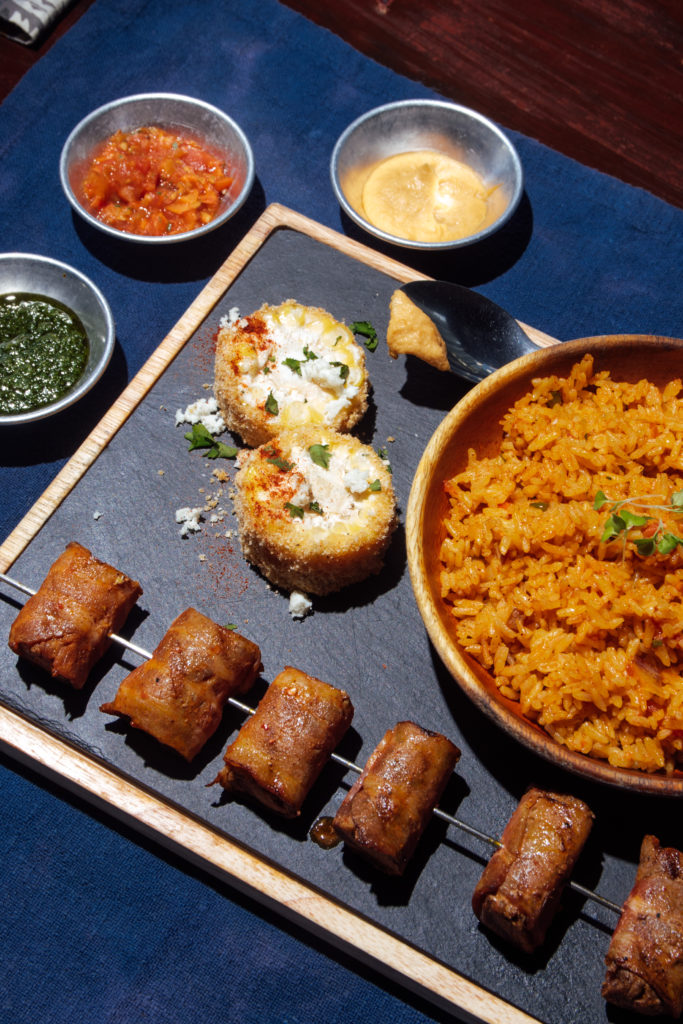
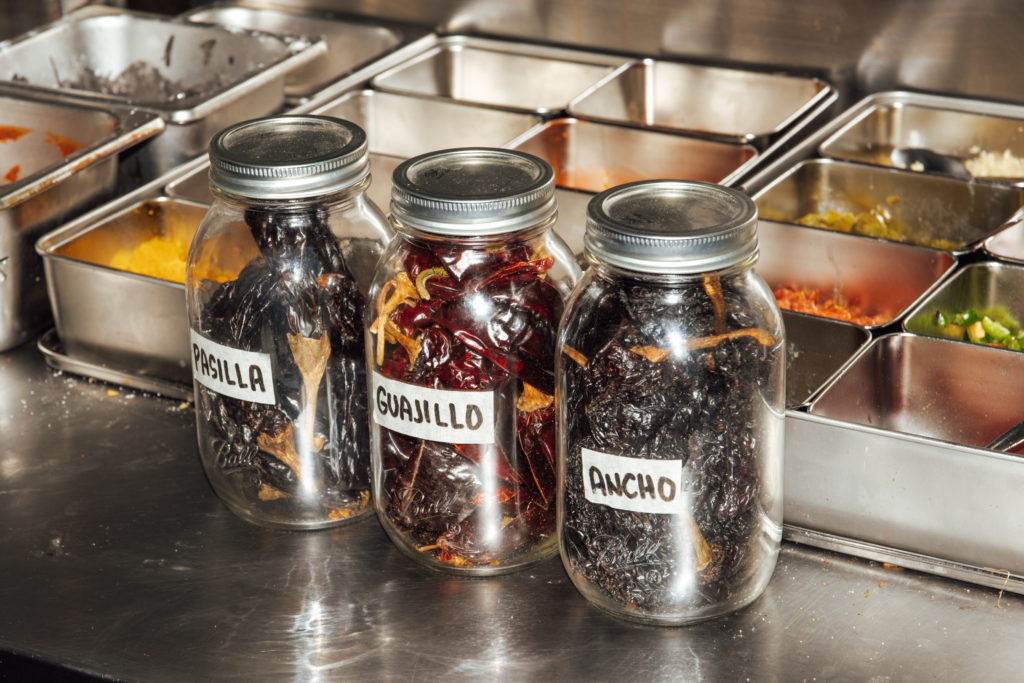
The story of Alegria is understandably inseparable from Montañez’s transformation from a struggling cooking school dropout to a promising restaurateur, so it’s only fitting that the new direction Alegria’s food took is a direct reflection of his changing culinary techniques and ideas. “After traveling to Singapore, I think I developed a taste for subtle flavors. I thought about Alegria and I realized that almost everything on the menu—the corn tortillas, the meats, the vegetables—was overwhelming. That was another reason why I decided to revamp the menu: Almost everything had strong, identical flavors.”
“Though the goal is to be more serious about serving Latin cuisine, the new menu is definitely not experimental. We’re still trying to keep the cooking as simple as possible because we also don’t want to overwhelm the customers.”
Fresh off that epiphany of a trip, Montañez sought to fix these flavor problems. He learned how to utilize the flavor of proteins more rather than just relying on starch and vegetable flavors (before Alegria, Montañez’s specialty was arroz). To fix the problem of “identical flavors,” he categorized every dish according to the spices it used so instead of using just two different spice mixtures, they now use eight.
Consider the cost
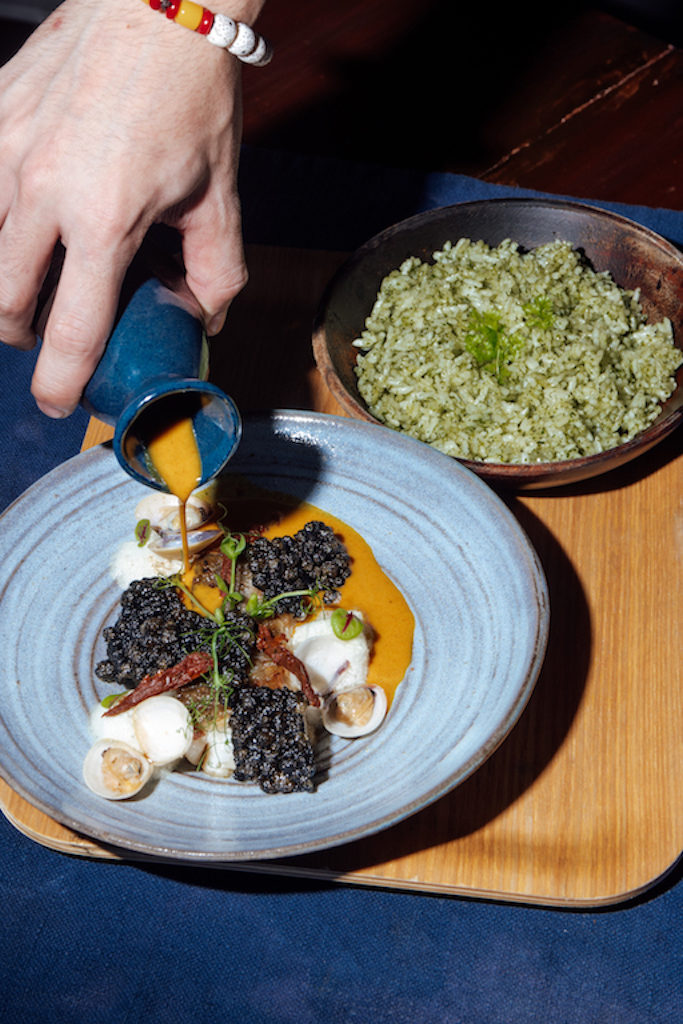
But when exactly is it a good time to update your menu? If your restaurant is relatively young and you’re still unsure about how some items are faring, your concept’s annual finance report may be a reliable gauge. Besides wanting to introduce more sophisticated Latin dishes to his restaurant menu, Montañez thought it was a good idea to update it again (this is the second time since they opened) because of what he and his partners saw in Alegria’s finance report after a year in operation.
“When we were starting out, we wanted to make the food cost as low as possible, or at least keep it below 25 percent of our expenses. That’s the standard. So the menu we had before we made any changes, we worked with a limited amount of ingredients. Our food cost ranged from 18 to 22 percent then. That’s when I felt confident to try to put in new things on the menu.”
If something is doing well, don’t remove it
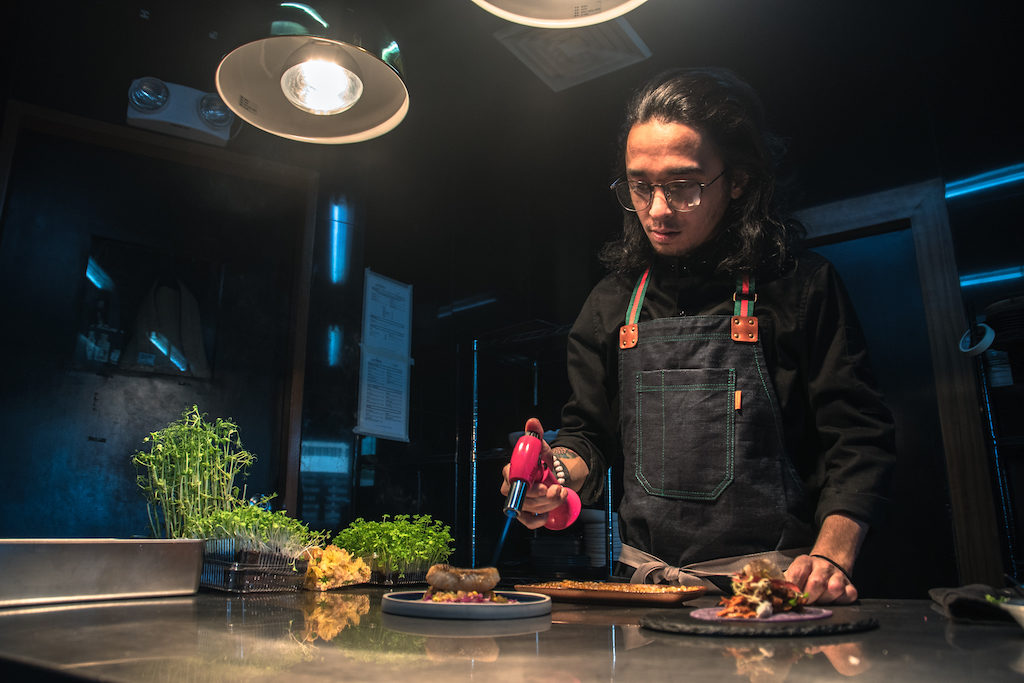
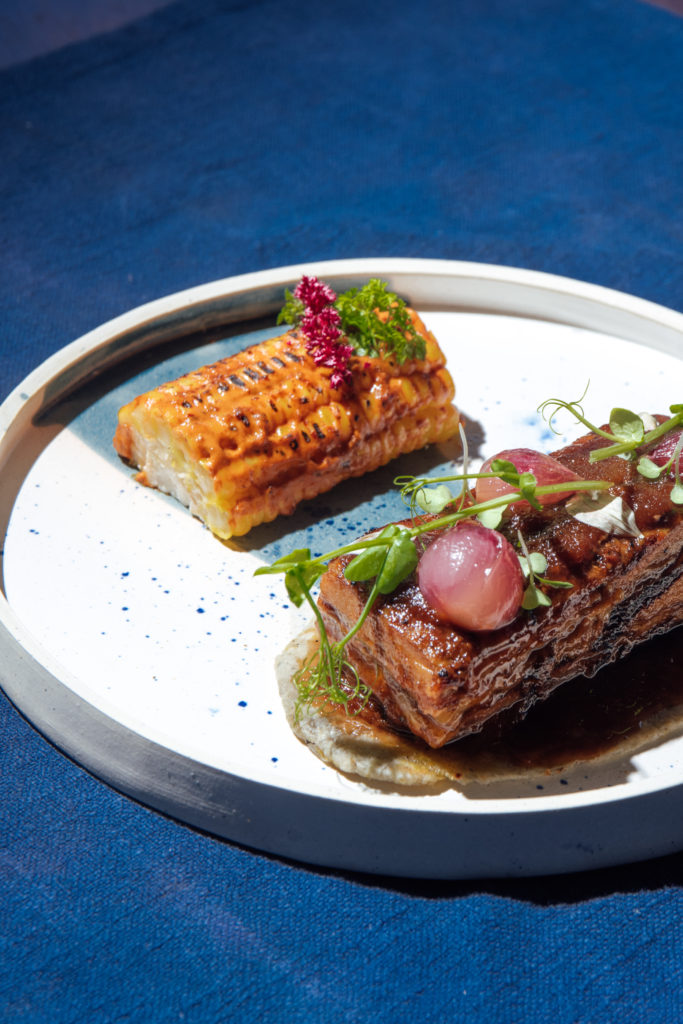
“If something is doing really well, you don’t remove it. That’s what my partners always tell me. But in general, you really have to be smart about removing items from your menu.” Montañez has retained some of the restaurant’s bestsellers such as the fajita moderna and the alma koreana taco, and though it may seem that the logic behind doing so (they bring in high profit) is simple enough, there are a few other things to consider besides profit—namely sales.
For instance there are items that have low profit margins but are a favorite among diners and thus sell well. This is part of what Montañez is referring to when he says that you have to be smart about removing items: Though conventional wisdom might tell you to remove these high sales-low profit items, it’s wiser to instead adjust their price or portion size and see if doing so can increase your profit margins.
Subscribe to our weekly newsletter to receive all the tools and solutions entrepreneurs need to stay updated on the latest news in the industry












































